Konjac is used in medicines and as a food to make eatable noodles. In the 19th century, konjac, the root, was used as a traditional medicinal plant. Konjac root is a soluble dietary fiber, so it is very useful to lower cholesterol and enhance the metabolism of carbohydrates with smooth movements of the bowl.
Amorphophallus konjac is a plant root vegetable that resembles a yam and grows in various regions in Asia. It has a unique structure corm shape full of Starch, and grows underground. Konjac is cultivated in tropical and subtropical regions of South and East Asia.
Konjac is a perennial plant that grows at 26cm in length. The flowers of konjac bloom in the spring with purplish red color, also known as “snake tongue.” Many dishes made from konjac are widely used in Japan and Korea. Konjac makes two types of cakes, black and white, and many types of noodles are also made from them. Konjac contains a highly fibrous soluble dietary fiber named glucomannan.
From konjac root, glucomannan is obtained and utilized in many medicines. For over 20,0000 years, the Chinese have utilized konjac glucomannan as a traditional medicinal plant to treat many diseases such as asthma, anti-allergic, to enhance microbial metabolism in the intestine, and many blood disorders. Most people use konjac flour as an alternative to various keto diets because it is more effective than other diets. Taking konjac flour, konjac glucomannan powder, and supplements makes you feel less appetite. Konjac fiber glucomannan is a soluble fiber, so the intake of meals becomes less, and it will help to reduce the body weight by regulating the blood glucose level. The action of konjac is similar to gelatin. Using konjac flour and konjac glucomannan is beneficial but also has disadvantages. However, the harmful aspects of the konjac and konjac glucomannan depend on the utilization method. Excessive use of anything is harmful to normal body functions. According to the doctor’s suggestions, people should use konjac flour and konjac glucomannan.
Main Components of Konjac :
There are many beneficial main components of konjac such as Konjac glucomannan, Starch, lipid, minerals, calcium, calcium oxalate, proteins, glucose, carbohydrates, and Konjac glucomannan that is also known as konjac konnyaku. Konjac is significantly highly nutritious. It contains 16 various kinds of amino acids and proteins. It contains 9.8% of proetins, 46% glucomannan. The Konjac Glucomannan is the main component of it, and it has many beneficial impacts in various fields of life. Konjac contains minerals e,g calcium, iron, chromium, and zinc, and is low-fat and high in fiber.
How to Define What Konjac Glucomannan is, and How to Extract It?
Konjac glucomannan is the main compound of the konjac plant extract. It is a storage food polysaccharide and can obtain in large quantities from konjac, cultivated in Japan and China due to its benefits. The konjac glucomannan is a polysaccharide that contains mannosyl-D and glucosyl-D and, due to the presence of substitute acetyl, helps to increase its water solubility. There are various applications of konjac glucomannan in the field of chemical industries, cosmetics industries, pharmaceutical industries, and biotechnological industries.
Konjac glucomannan is obtained from the konjac root, a tuber form known as devil’s tongue, elephant yam, etc. Mostly grow during spring in hilly areas. The konjac tuber root is consumed in Korea, Japan, Thailand, and China and is used to make various dishes. The konjac glucomannan flour is prepared from the plant root. The konjac tofu is a famous dish prepared by cooking whole konjac flour with lime. Old konjac tubers are collected, washed, and cut into pieces to obtain the konjac glucomannan and konjac flour.
The slices and pieces of the konjac tubers are cleaned and dried. The subsequent air separated the vacuoles like patches that contained glucomannan from the konjac tuber pieces. This process enhances the concentration of glucomannan. 20% to 60% glucomannan concentration is present in the flour. Then the flour is cleaned with the help of alcohol and purified. The clean flour of konjac contains 80% glucomannan.
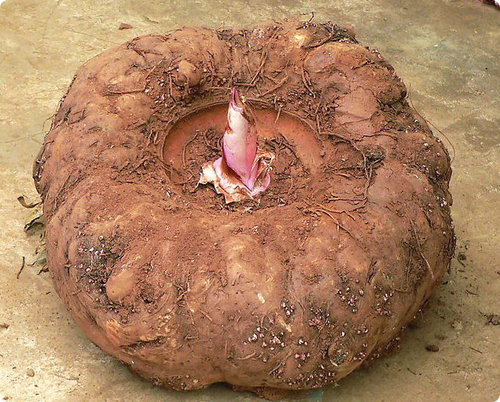
Konjac Glucomannan Benefits
Konjac glucomannan has various useful aspects.
Konjac Glucomannan Deliver Drugs:
Due to the konjac glucomannan property of gel-forming and decomposition in the pharmaceutical field is used to deliver various drugs.
Cure Constipation:
Many types of research proved that konjac glucomannan enhances bowl and gut movement and helps to cure constipation by 30%.
Lower Cholesterol Level:
Konjac glucomannan lower (LDL) cholesterol level, reduce body weight, and lower the risk of heart disease.
Effective Anti-Allergic for Skin:
Konjac glucomannan helps enhance the bright skin texture and acts anti-allergic on a wound during the healing process. Lower the skin blemishes.
Cure of Diabetes:
Konjac glucomannan cures diabetes, most effective for diabetes 2. It lowers the blood sugar level. Konjac glucomannan is a soluble dietary fiber that lowers sugar absorption from a meal and responds to insulin effectively.
Gummy Candies:
Various gels are prepared with konjac glucomannan when treated with heat, alkali, and xanthan. Due to the gel stability at low pH, it is used in dessert gels and candies with gummy textured.
Use in Noodles and Pasta:
Due to the konjac glucomannan property of stability, it can widely use in noodles and pasta because it helps to maintain their shape on the steam tables.
Use of Konjac Flour in Cooking:
Konjac flour is utilized in the kitchen for making dishes, for example, calories-free cheesy bites, less-calorie fries, etc. Using Konjac flour in baking is effective by mixing the konjac flour with all-purpose flour and baking fewer calories cookies, cakes, and bread. Many sweet dishes can be ready with konjac flour, such as fewer calories of chocolate and puddings, etc.
Zero Calories Spaghettis and Macaroni:
Konjac flour is used to make zero calories spaghetti and macaroni. Both of these products can prepare with konjac flour to maintain their shape on hot tables and make digestion easy.
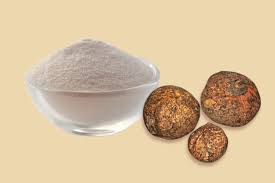
How to Use Konjac Glucomannan For Weight Loss?
Konjac glucomannan weight loss characteristics help lower body weight because it is dietary soluble. There are two kinds of dietary fibers, soluble and insoluble. The insoluble dietary fibers are significantly useful for gut bacteria and enhance their activity. The other kind of fiber is soluble dietary fiber, enhancing bowel movement. Konjac glucomannan reduces body weight by checking the absorption of sugar. Consumption of more sugar increase obesity.
So, konjac root glucamman benefits are essentially important in reducing obesity. Consuming the konjac glucomannan makes you full longer, and you avoid taking snacks to fulfill little hunger. Most people take konjac glucomannan supplements to maintain their body weight and reduce obesity. Most keto diet plans use konjac glucomannan supplements and konjac flour to treat obesity.
Konjac Glucomannan Chemical Structure:
Konjac glucomannan structure is as below:
How Glucomannan is Used in Food Items and What are its Nutrients?
It is a dietary fiber extracted from the konjac plant root tuber by washing with water and alcohol, so purified konjac plant root flour is obtained. It is used to make noodles and pasta, and many dishes also have medicinal value. At the same time, the konjac plant root can obtain the Konjac gum with the help of aqueous extraction. Konjac gum is also used in various food products.
Konjac glucomannan powder nutrition facts:
Konjac glucomannan powder uses are unlimited, and it is very nutritious; it contains
Proteins: 9.9%
Essential amino acids: 2.7%
Glucomannan: 46%
Trace amounts of Calcium, Phosphorous, Zinc, Copper, Calories, fat, and high soluble fibers.
Is Konjac Glucomannan Safe For Our Health?
Excessive use of anything can harm health, but taking supplements of konjac glucomannan with a doctor’s prescription will be safe. The use of powder glucomannan is safe. Most people take its capsules with water. Due to its use with water, it may be unsafe because it can choke up. Doctors recommended taking a supplement of konjac glucomannan before meals three times a day with water.
During cooking, konjac flour is used to make thick sauces, soups, gravies, puddings, and stews. You can use the konjac flour in baking by mixing the konjac flour with all-purpose flour to make fewer calories cakes and cookies. So its use is safe if it can use wisely and appropriately.
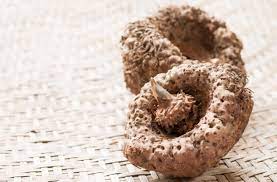
How To Use Konjac Glucomannan Powder?
The konjac glucomannan powder can be used as capsules; tablets can add to food and drinks. The konjac glucomannan powder is used to make noodles and pasta. So people eat these types of noodles and pasta in their daily life.
How Long Does Time Take For Glucomannan to Work?
After taking the glucomannan with plenty of water, it takes 16-20 minutes. You take more than two capsules at once with plenty of water. After taking the glucomannan, you will feel full.
The Use of Konjac Noodles:
The noodles made from konjac flour have various names, miracle noodles, shirataki noodles, and zero calories. The name miracle noodles represent its magical status because it is a soluble fiber and doesn’t cause obesity. Most people use konjac flour noodles during their dieting plans which is most effective and helps them to reduce their weight within days. The use of konjac flour noodles makes you feel less appetite and feelings of fullness. The noodles are gluten-free, with fewer calories.
Unlike other noodles, the noodles are made with lime water and konjac flour. Many noodles companies offer their customers that the noodles are a mixture of konjac flour that can enhance bowel movement and ease digestion.
Why is Konjac Banned?
Konjac is a plant with medicinal value. Its tuber-like root is utilized to eat in various regions of the world and is nutritious. In many countries, the direct use of konjac is banned due to its side effects. Because its excessive use can cause choking and death, using glucomannan can enlarge the diameter of the digestive tract and make blockage. There was a case in Australia in 2008 when a woman eating noodles made up of glucomannan powder got stuck in her throat and caused a blockage. And many gels or gummy candies containing konjac glucomannan are banned in various countries. It can block the throat and cause choking, which causes death. That’s why its use in many countries is banned.
Konjac Glucomannan Analysis:
Konjac glucomannan is an effective dietary fiber obtained from the konjac plant root, which is yam-like. In ancient times it was used as medicine to cope with various diseases. It works effectively in the stomach and cures constipation by enhancing bowel movements. Konjac glucomannan also lowers sugar absorption from the diet and lowers sugar and cholesterol levels. But it should use with a doctor’s prescription because its excessive use can cause harmful effects.
This rare fiber obtained from the konjac plant and can be used in powder form. It is used as a supplement in food and drinks. The review of konjac glucomannan and the doctor recommended taking glucomannan with plenty of water to work.
Doctors suggest that supplements of konjac glucomannan should take with plenty of water before a meal. Konjac glucomannan works as a soluble dietary fiber. When you take it, fill your stomach, and you will feel full. It has low calories and aids in weight loss, so you don’t need to take snacks during little hunger.

Konjac Glucomannan Powder Used in Cosmetics:
The konjac glucomannan powder cosmetics are used because they are very effective for the skin. Konjac glucomannan enhanced skin texture and brightness. The nature of glucomannan is anti-allergic. So it can use in cosmetics to treat various skin allergies.
What is Konjac Glucomannan Powder Side Effects?
Glucomannan is consumed in powder form, but its consumption also causes Diarrhea and loss of bowel movements so that the stomach can be upset. Abdominal pain with gas. The konjac candies can cause choking death in people because they do not dissolve in the mouth and are stuck in the throat. Many countries banned the konjac glucomannan directly due to its risks.
Pregnant children and older people should not take the konjac glucomannan tablets and candies. Sometimes the use of konjac glucomannan cause problems, and its symptoms are difficulty breathing, skin becoming itchy, more heat beat acceleration, etc. Konjac glucomannan lowers the sugar absorption from meals, so people with diabetes must check their sugar level when they consume konjac glucomannan regularly. Sometimes the adverse impact of konjac flour and konjac glucomannan leads to various kinds of allergies, for example, Trouble breathing, rapid heart rate, severe itching, and swelling.
Konjac Glucomannan Formulation:
Konjac glucomannan is a soluble dietary fiber that contains soluble polysaccharides. It has D-mannose, D-glucose, polysaccharides, proteins, calories, and fats. The molecular weight of the konjac glucomannan is high. The konjac glucomannan basic structure also contains a chain of β-D-Mannopyranosyl and β-D-Glucopyranosyl. The backbone of the chain is β-D-Mannopyranosyl. The difference between these two units, β-D-Glucopyranosyl, and β-D-Mannopyranosyl, is only in the formation of its structure of carbon atoms. The ratio of these units is 1:6:1. Polysaccharides are evenly attached to both chains.
Is Konjac Glucomannan Safe During Pregnancy:
The intake of konjac glucomannan is unsafe in pregnancy, children, and old age people because the use of konjac glucomannan can stick in the throat resulting in choking. The heart rate increase and cause nausea, bloating, and difficulty breathing.
Konjac glucomannan is useful and also has some side effects. The excessive use of konjac glucomannan harms children, older people, and pregnant women because it can stick in the throat and cause choking death.
Is Glucomannan and Konjac The Same Thing?
Glucomannan is the main component of the konjac plant, obtained from the konjac root and known as Konjac glucomannan. Konjac glucomannan effectively treats various disorders such as blood diseases, constipation, obesity, diabetes, and stomach problems. Most people use konjac glucomannan in powder form in supplements.
The konjac is a plant, and its roots are used as food in many countries like Japan, China, and Korea. But glucomannan is its nutritious compound obtained from the root of the konjac plant in powder form. Glucomannan is a supplement to treat many disorders, such as constipation and blood disorders, and enhance bowel movements. Glucomannan treats obesity. Patients with diabetes use glucomannan supplements, which also lowers their sugar level. Hence konjac and glucomannan are not the same things.
Conclusion
Konjac (Amorphophallus konjac) is a plant whose root is very useful. Many people utilized its roots as food. It is tuber and yam-like and very nutritious. Konjac root contains useful components such as glucomannan, proteins, fewer calories, gluten-free, and trace amounts of fats and carbohydrates. Many people use konjac gum, flour, and noodles of konjac flour in their diet plans. Konjac flour and konjac glucomannan effectively reduce weight and make digestion easy.
You can use konjac glucomannan as a supplement according to your need and the doctor’s suggestion. Konjac and konjac glucomannan is a soluble dietary fibers. The soluble dietary fibers can easily break and dissolve in water, lowering LDL cholesterol and regulating blood glucose levels. So choose the best and most certified konjac wholesale supplier to get the full advantages of this product. Let’s place an order to boost your sale and business.

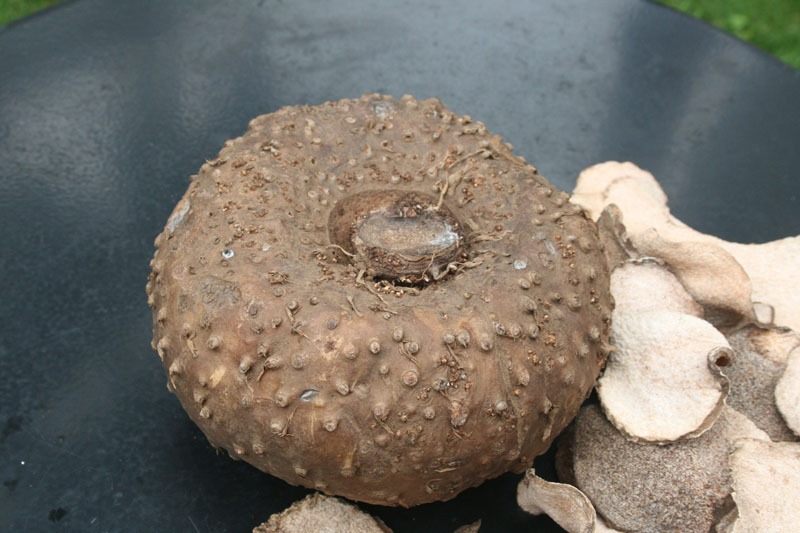
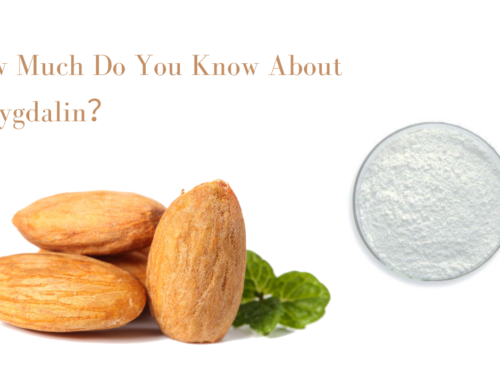
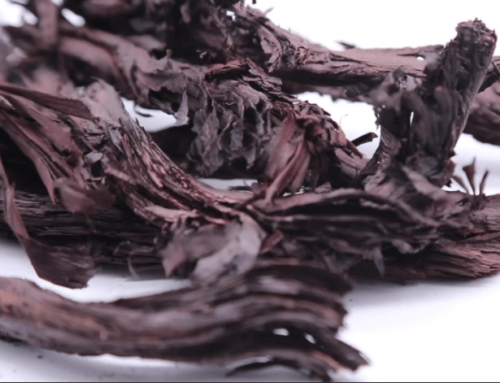
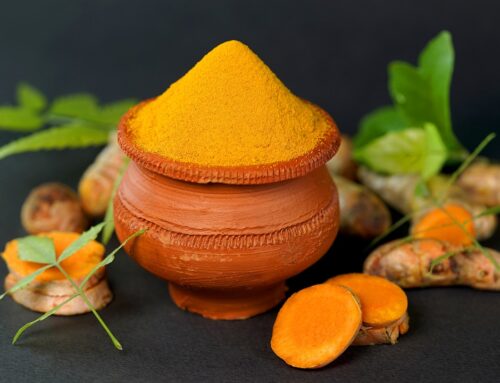
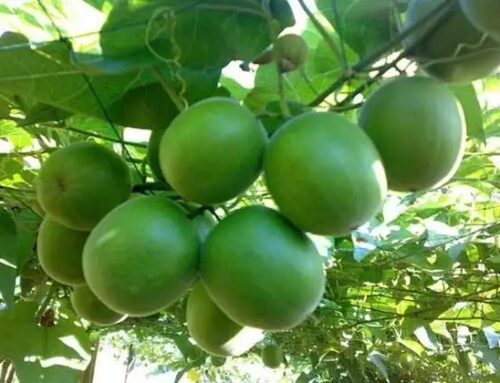
Leave A Comment